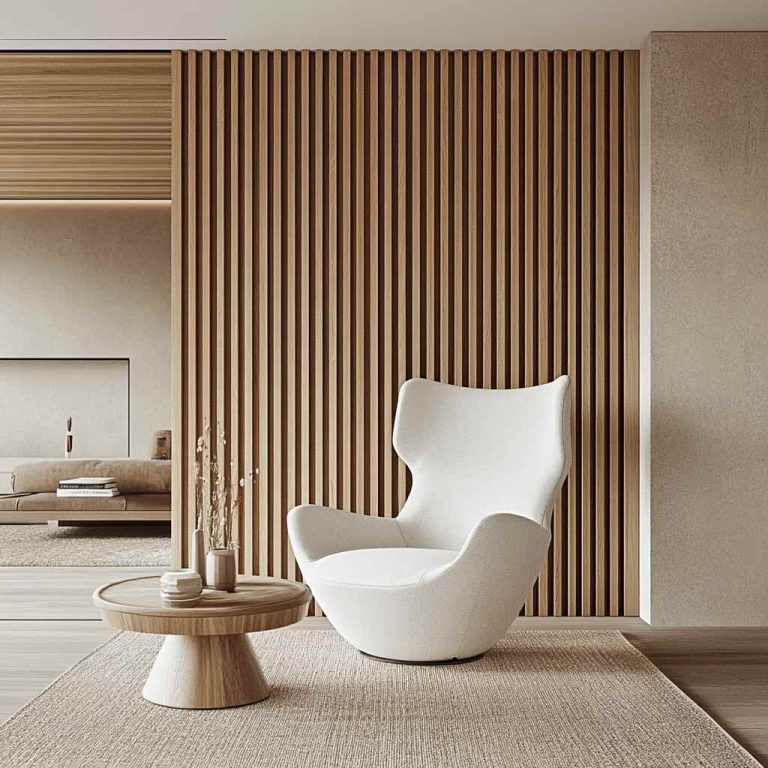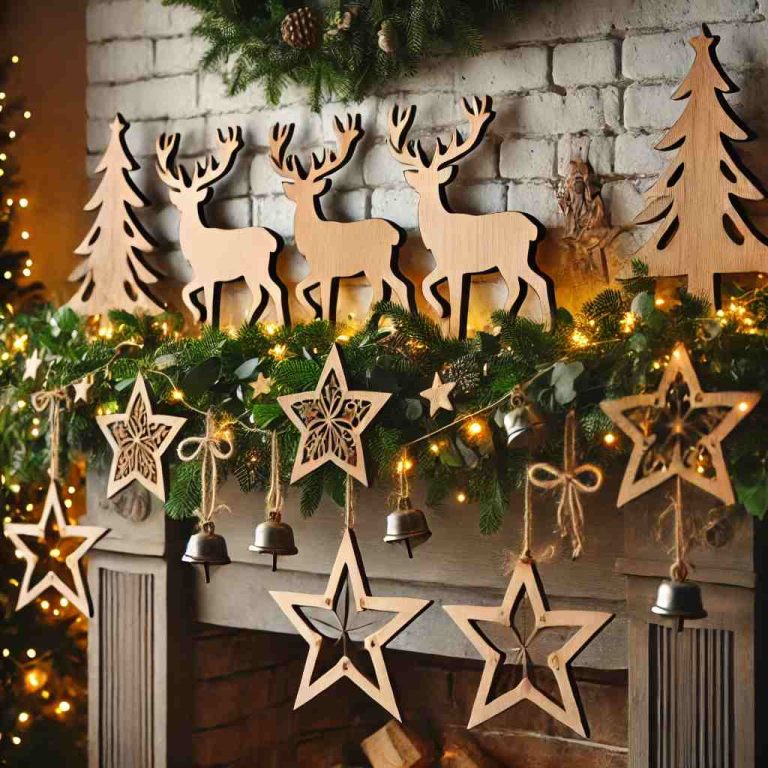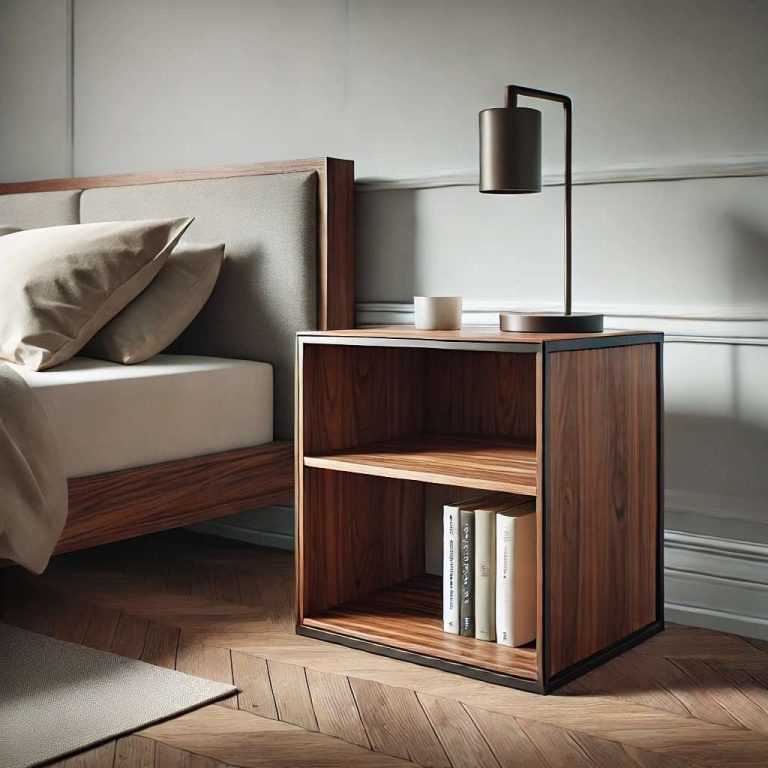Wood-Centric Rustic Living Room Designs: Embracing Reclaimed Beams, Floors, and Furniture
A rustic living room is more than a space—it’s a feeling. Rooted in nature and inspired by traditional craftsmanship, rustic design conjures warmth, comfort, and timelessness. Among its most defining features is the prominent use of wood, particularly reclaimed varieties that carry both history and character.
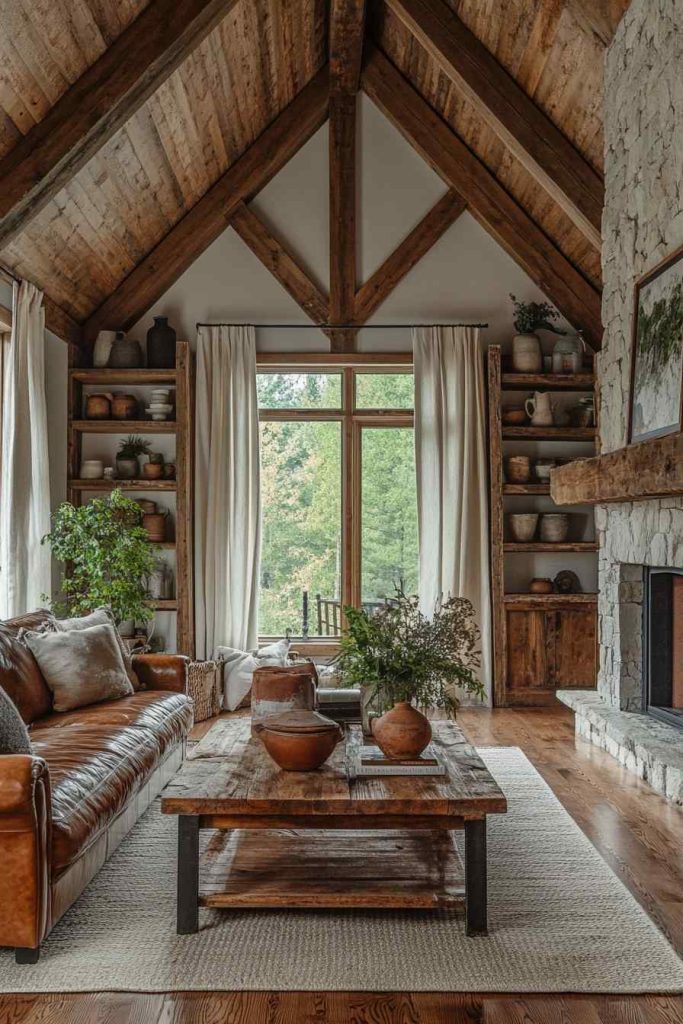
In a world increasingly dominated by the sleek and synthetic, wood-centric rustic living rooms stand as sanctuaries of organic authenticity. From the grandeur of exposed beams to the texture of aged flooring and the soul of handcrafted furniture, reclaimed wood forms the heart of this aesthetic. This article delves deep into the world of rustic living room design, offering a comprehensive look at how reclaimed wood can transform a space into a haven of grounded beauty.
Understanding Rustic Design Principles
Rustic design is rooted in simplicity, natural materials, and a handcrafted touch. It draws inspiration from countryside cottages, alpine cabins, and frontier homesteads. The design philosophy embraces:
- Earthy Colors: Browns, beiges, muted greens, and burnt oranges.
- Natural Materials: Wood, stone, wool, leather, and metal.
- Imperfect Beauty: Knots in timber, scratches in leather, and patina on metal are all celebrated.
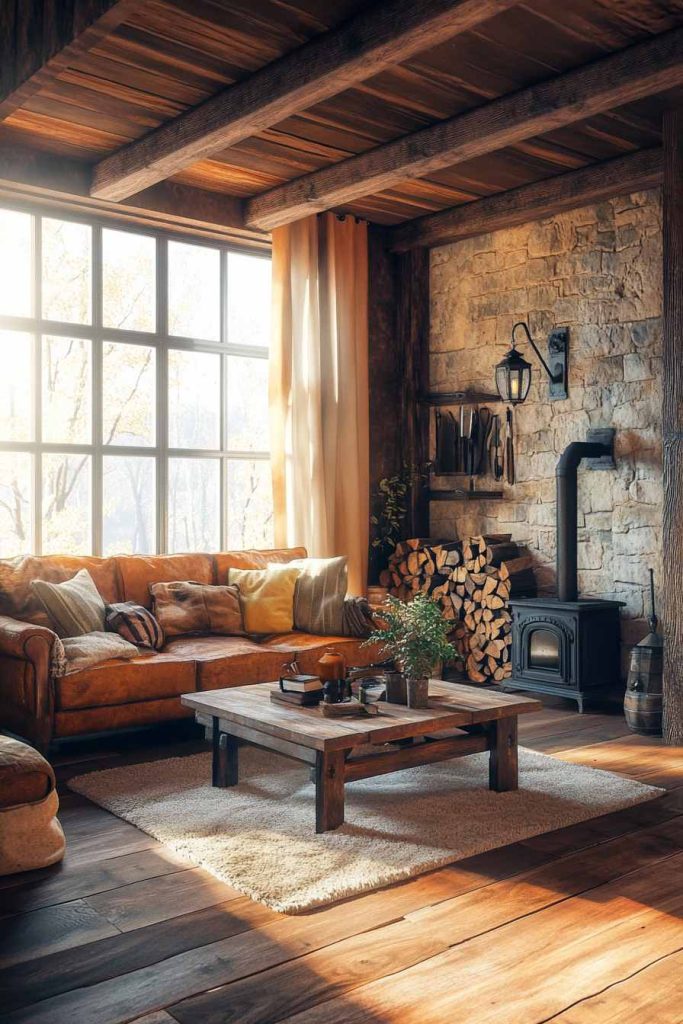
Unlike minimalist or industrial styles, rustic interiors aren’t about stark perfection—they’re about storytelling through texture and material.
The Reclaimed Wood Revival
Reclaimed wood is timber salvaged from old barns, factories, homes, and warehouses. These beams, planks, and boards often date back decades—or even centuries.
Why Reclaimed Wood Matters
The environmental and aesthetic value of reclaimed wood is enormous. Using old-growth timber that has been naturally aged results in stronger grain structure and more visual character than most new lumber. Its imperfections—nail holes, weathered stains, irregular grain—add irreplaceable depth and texture.
A Sustainable Statement
Incorporating reclaimed wood is also a sustainable design choice. By repurposing timber that might otherwise be discarded, homeowners can reduce waste and carbon impact while telling a story of preservation.
Reclaimed Wood Beams: The Structural Statement
Nothing makes a stronger visual impression in a rustic living room than exposed wooden beams. These beams, whether structural or decorative, instantly add architectural integrity and warmth.
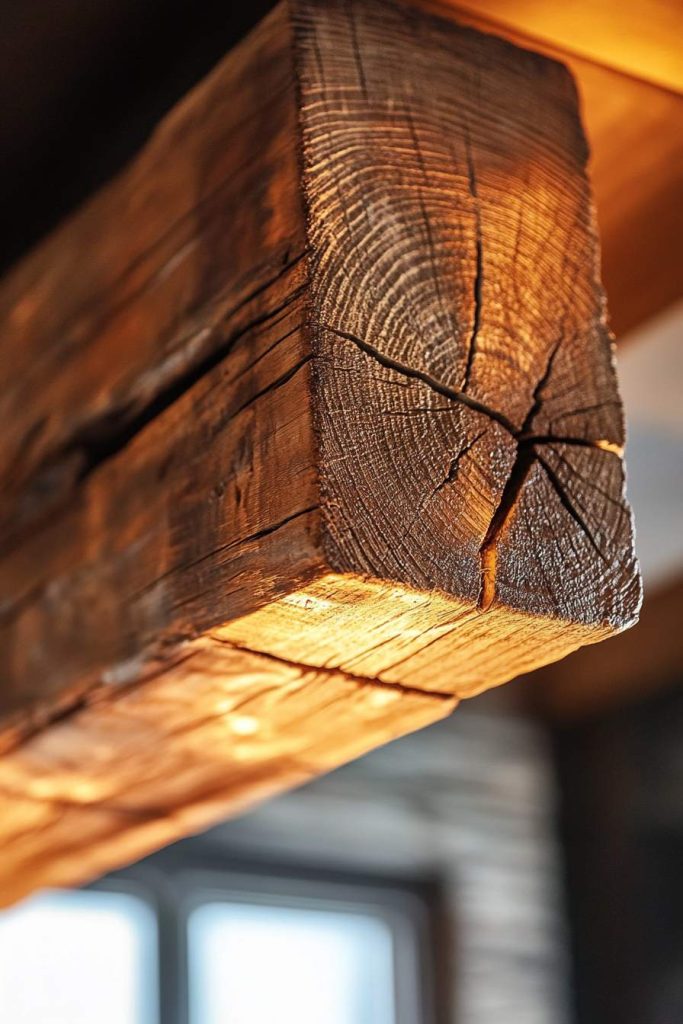
Types of Beams and Their Aesthetic Impact
- Hand-Hewn Beams: Shaped with traditional tools, they showcase axe marks and irregular surfaces.
- Rough-Sawn Beams: Retain mill-cut lines for a rugged, uniform look.
- Box Beams: Hollow faux-beams made of reclaimed planks—ideal when weight is a concern.
Each beam type offers unique character and can define the room’s tone, whether cozy and rugged or airy and refined.
Designing Ceilings with Character
From flat to vaulted ceilings, reclaimed beams create a dynamic interplay with drywall or stone elements. Pairing them with warm, ambient lighting like Edison bulbs or concealed strip lighting can highlight their texture while maintaining a cozy glow.
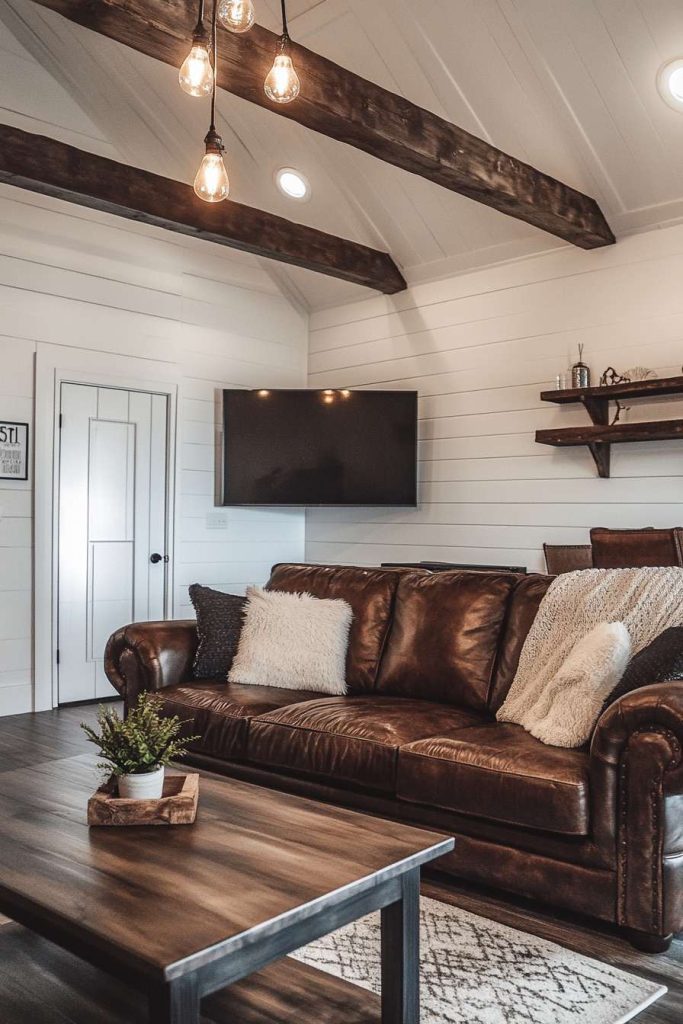
Timeless Appeal of Reclaimed Wood Flooring
Reclaimed wood flooring sets the foundation—literally—for the rustic ambiance. Its aged surfaces offer warmth and durability while revealing decades of natural aging.
Popular Wood Species for Rustic Floors
- Oak: Durable and richly grained.
- Pine: Softer and often more affordable, with prominent knots.
- Chestnut and Hickory: Distinctive and historical, offering unique patinas.
Finish options like matte sealants or oil-based treatments help preserve the raw, natural look while protecting the surface from wear.
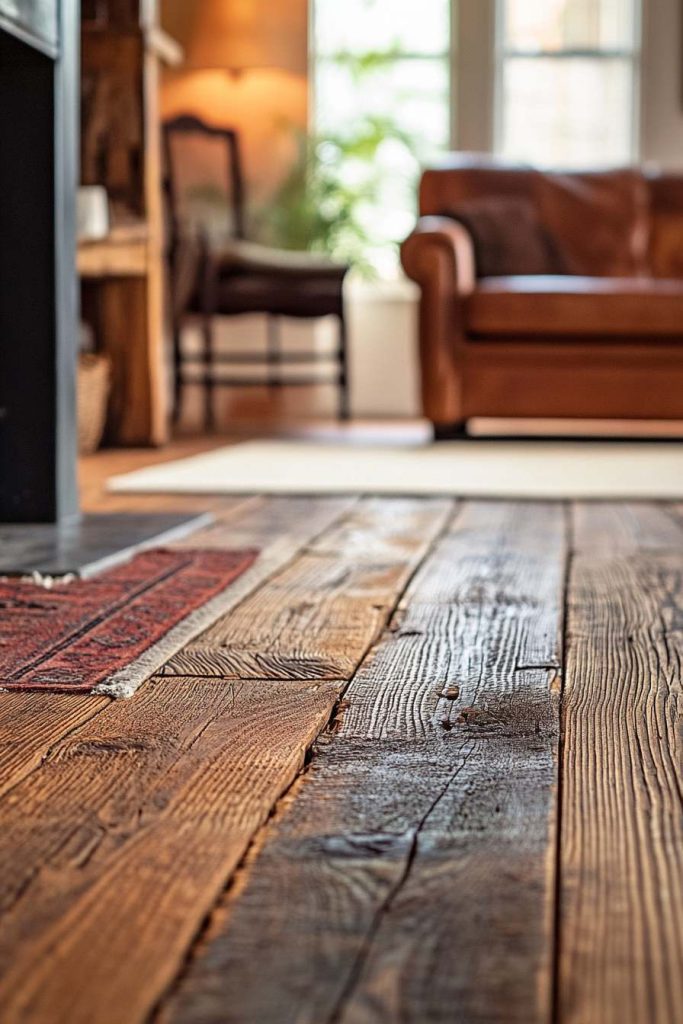
Enhancing Floors with Textiles
Rustic wood flooring pairs beautifully with vintage rugs, layered textiles, and natural fiber mats. Opt for faded Persian or tribal patterns for authenticity, and use layering techniques for added comfort in colder seasons.
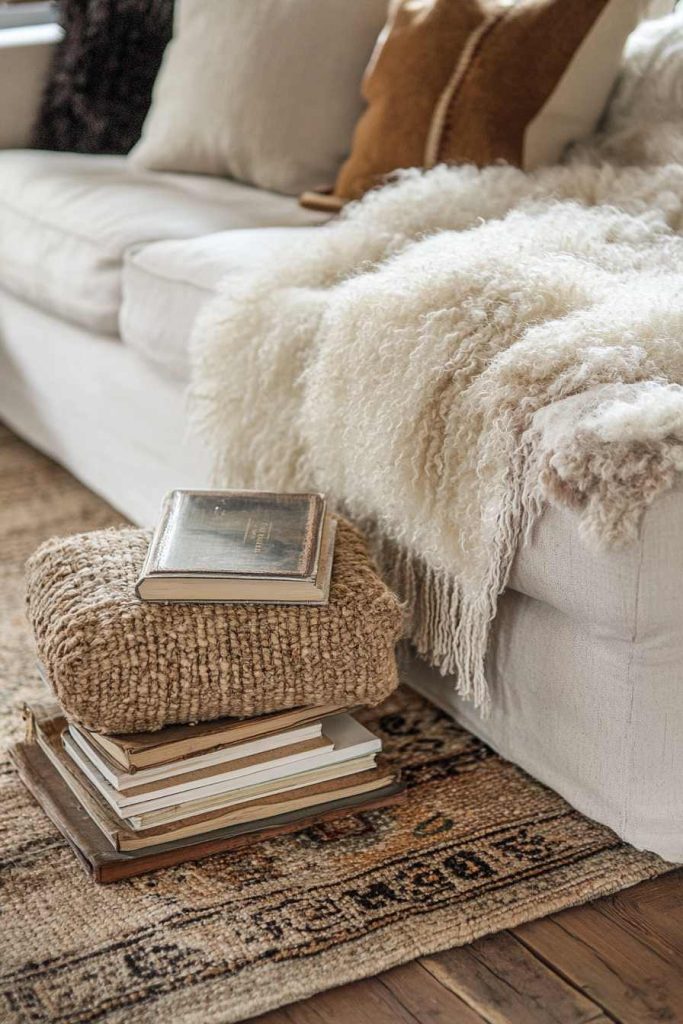
Furniture That Tells a Story
Reclaimed wood furniture adds function and character, serving as the bridge between design and utility in a rustic living room.
Statement Pieces to Consider
- Coffee Tables: Barnwood slabs with live edges or industrial-style legs.
- Sideboards and Consoles: Often made from salvaged doors or floorboards.
- Bookshelves and Mantels: Minimalist designs that let the grain take center stage.
Combining reclaimed wood with soft leather, linen cushions, or wool throws helps create an environment that’s visually balanced and inviting.
The Art of Craftsmanship
Traditional joinery—like mortise and tenon, dovetails, or dowel joints—reveals a level of craftsmanship that mass-produced furniture often lacks. The visible handwork is not only functional but also contributes significantly to the room’s charm.
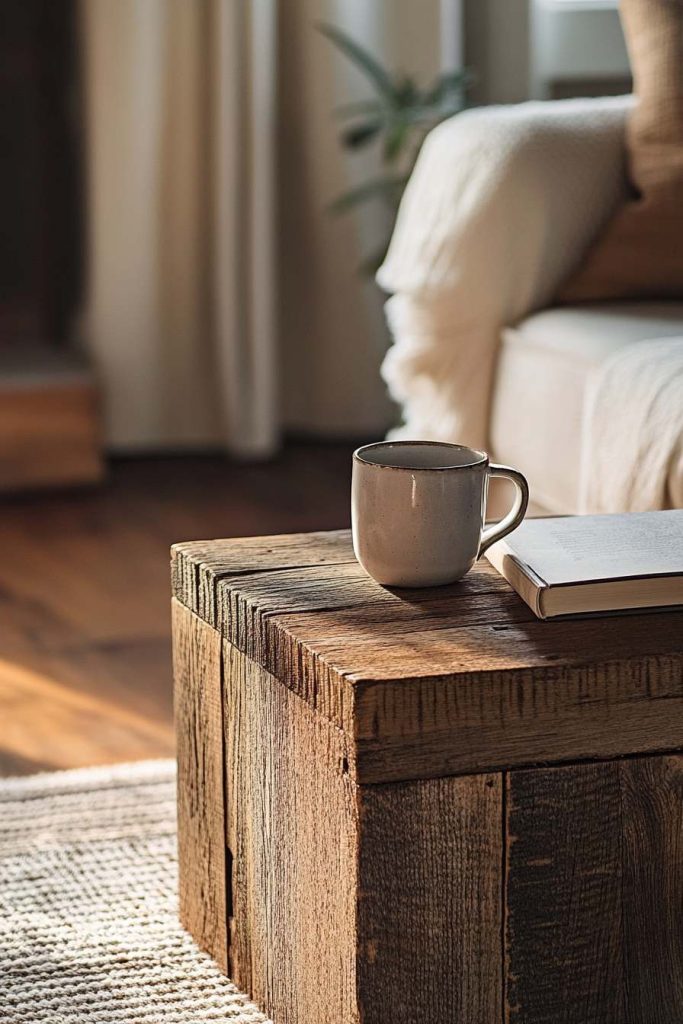
Reclaimed Wood as Wall Art and Texture
Wood walls and paneling can dramatically transform a room, offering texture and visual interest beyond simple paint or wallpaper.
Paneling Styles That Fit the Rustic Vibe
- Shiplap: Clean, horizontal lines with a farmhouse feel.
- Tongue-and-Groove: Offers tighter joints and a more refined appearance.
- Reclaimed Plank Walls: Unfinished or lightly treated boards full of natural knots and cracks.
Accent walls behind the sofa or fireplace can become standout features, especially when paired with iron sconces or soft uplighting.
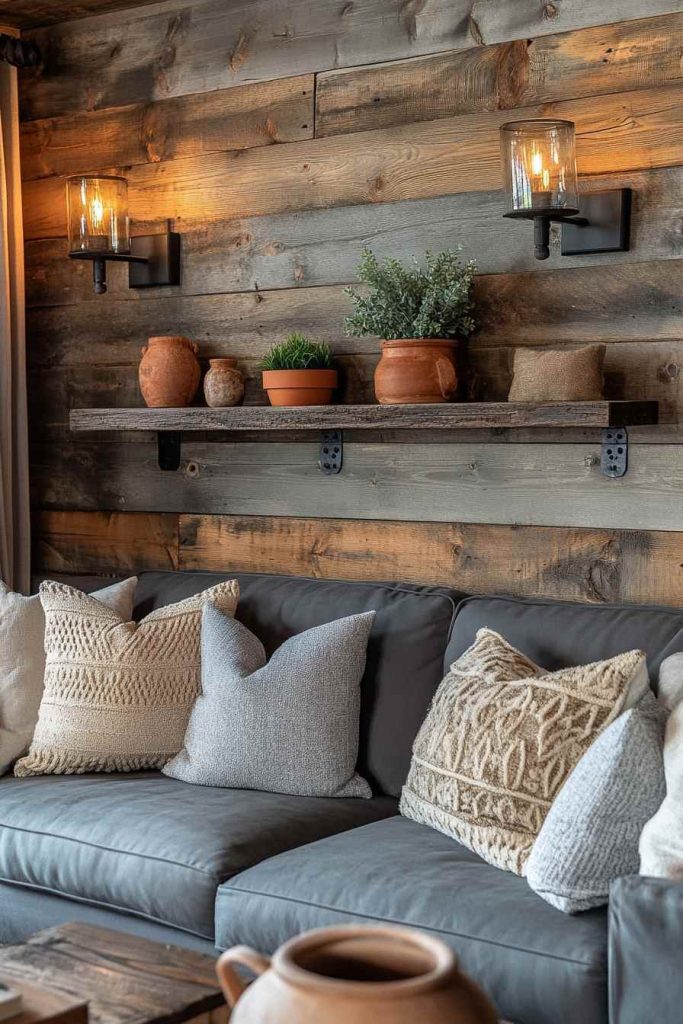
Balancing Materials for a Harmonious Look
While wood is the star, balance is key. Too much can overwhelm the senses and diminish the design’s sophistication.
Complementary Elements to Use
- Stone: Think fireplaces or accent walls with rough stone textures.
- Metal: Use blackened steel or wrought iron for shelf brackets, lighting, or legs on tables.
- Concrete: Adds an industrial edge that works surprisingly well when paired with wood and warm textiles.
Exploring styles like Scandinavian rustic (minimalist and bright) or industrial rustic (moody and textural) can help find the right balance for your space.

Lighting That Brings Wood to Life
The way wood is lit can dramatically alter its mood. Rustic spaces benefit from warm, diffuse light that enhances grain patterns and softens shadows.
Key Lighting Features
- Chandeliers: Iron or antler chandeliers create a central focal point.
- Sconces and Lanterns: Ideal for accent lighting along wood-paneled walls.
- Ceiling Integration: Recessed lights embedded within beams can modernize without compromising authenticity.
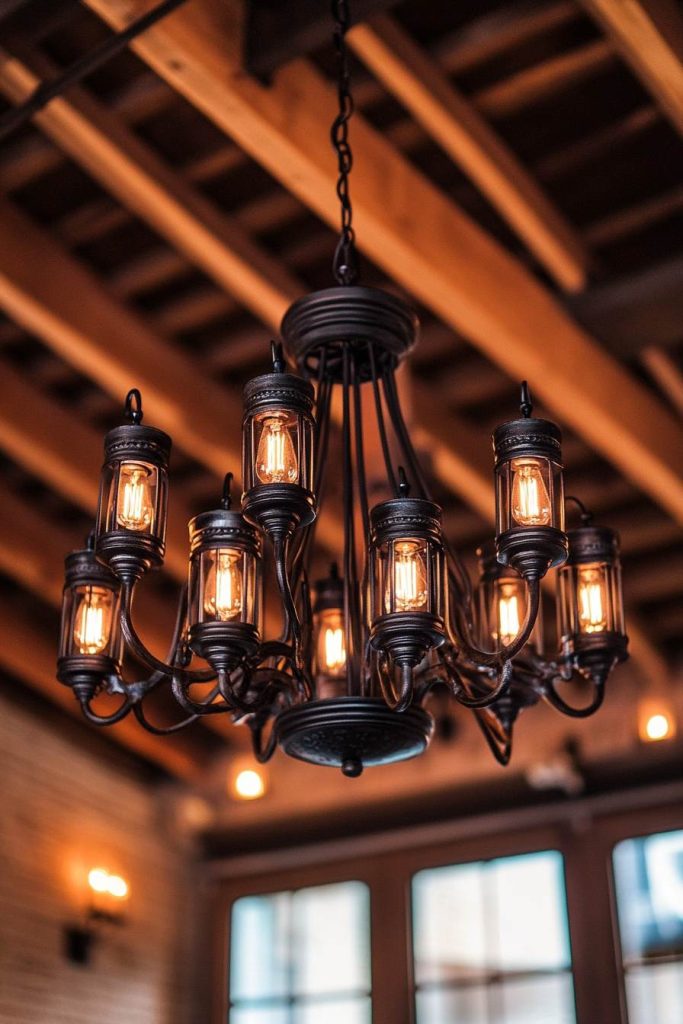
Always opt for warm bulbs (2700K or lower) to maintain a cozy, amber-hued ambiance.
Creating a Cohesive Color and Texture Palette
A well-designed rustic living room feels cohesive because the palette is unified and grounded in nature.
Designing with Natural Hues
Earth tones dominate rustic schemes: soft browns, olive greens, stone grays, and creamy beiges. Avoid high-contrast, modern colors in favor of subtle layering.
Add contrast through:
- Textiles: Wool throws, linen drapes, and natural rugs.
- Greenery: Ferns, potted olive trees, or succulents in rustic clay pots.
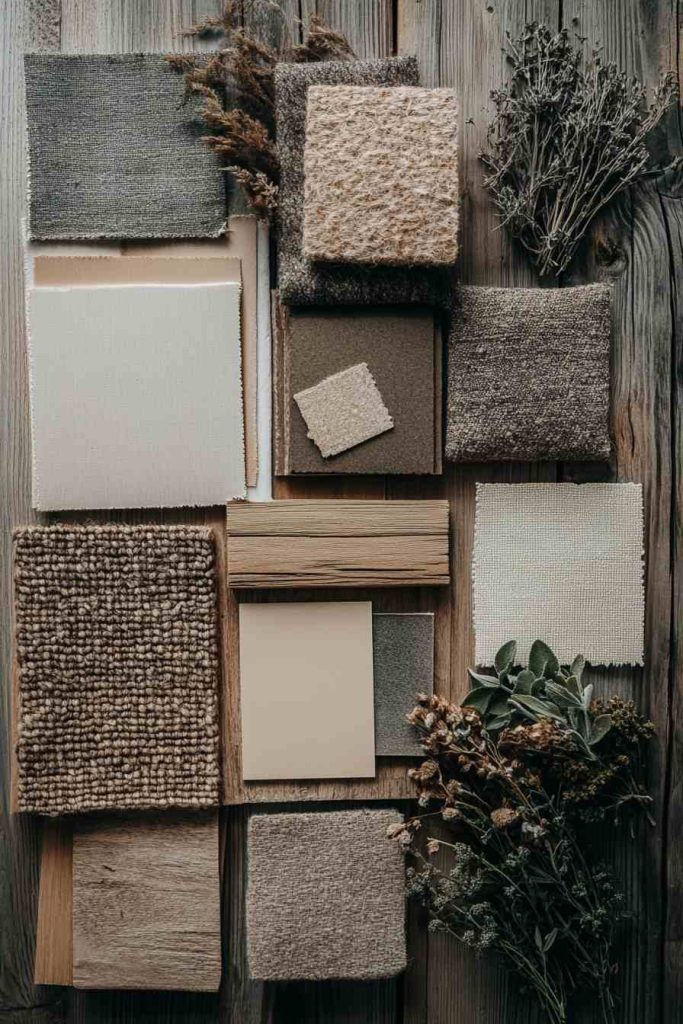
Eco-Conscious Rustic Design
Choosing reclaimed wood is not only aesthetically appealing but environmentally responsible.
How to Stay Sustainable
- Source wood from certified reclaim yards or local salvage operations.
- Use VOC-free finishes and natural waxes.
- Improve insulation with natural materials like wool or recycled denim.
A rustic living room can be both a stylistic statement and a nod to conscious living.
Seasonal Styling in a Rustic Living Room
Rustic rooms adapt beautifully to the seasons. With a few changes in textiles and decor, the space can shift in tone and mood throughout the year.
Ideas for Every Season
- Fall: Add plaid wool throws, amber glass vases, and vintage books.
- Winter: Introduce sheepskin rugs, dark wood accents, and heavy knit blankets.
- Spring/Summer: Lighten with linen, floral prints, and dried herbs or grasses.
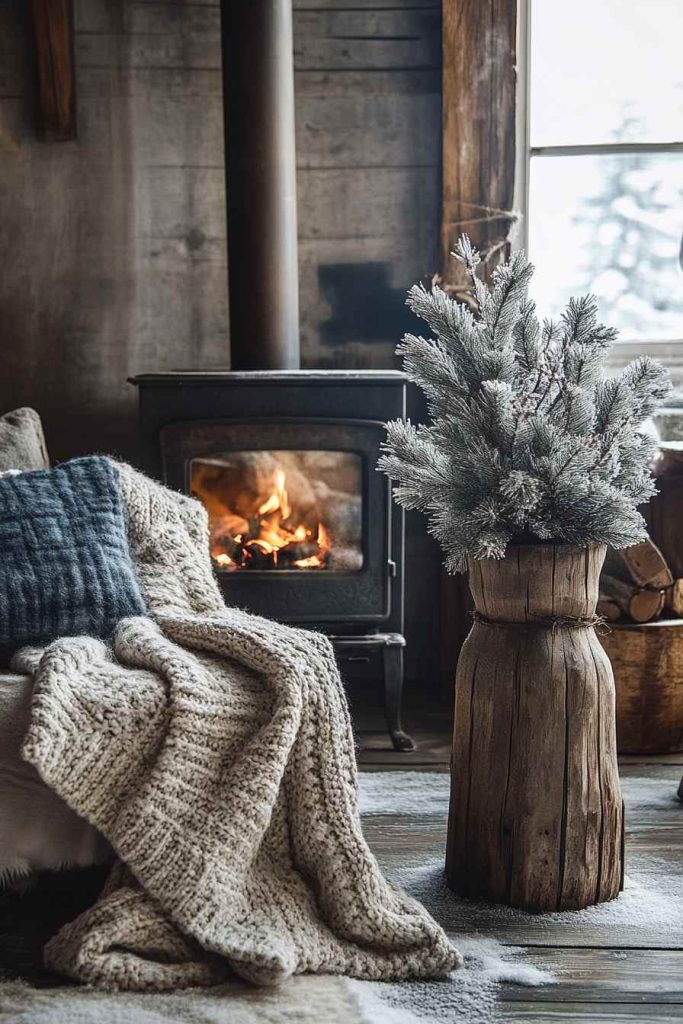
Thoughtful Layout and Spatial Design
Layout plays a huge role in how comfortable and inviting a rustic living room feels.
Tips for Spatial Planning
- Keep It Open: Avoid clutter—let materials and textures speak for themselves.
- Let Light In: Maximize natural light by positioning seating near windows.
- Anchor the Room: Use a large wood coffee table or stone fireplace as a visual anchor.
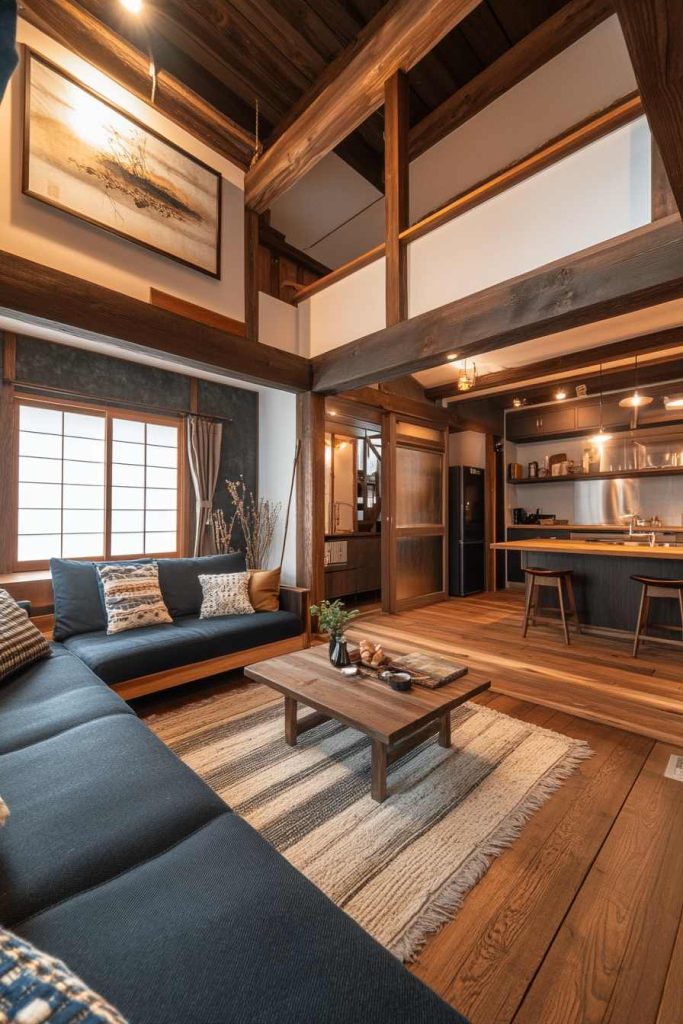
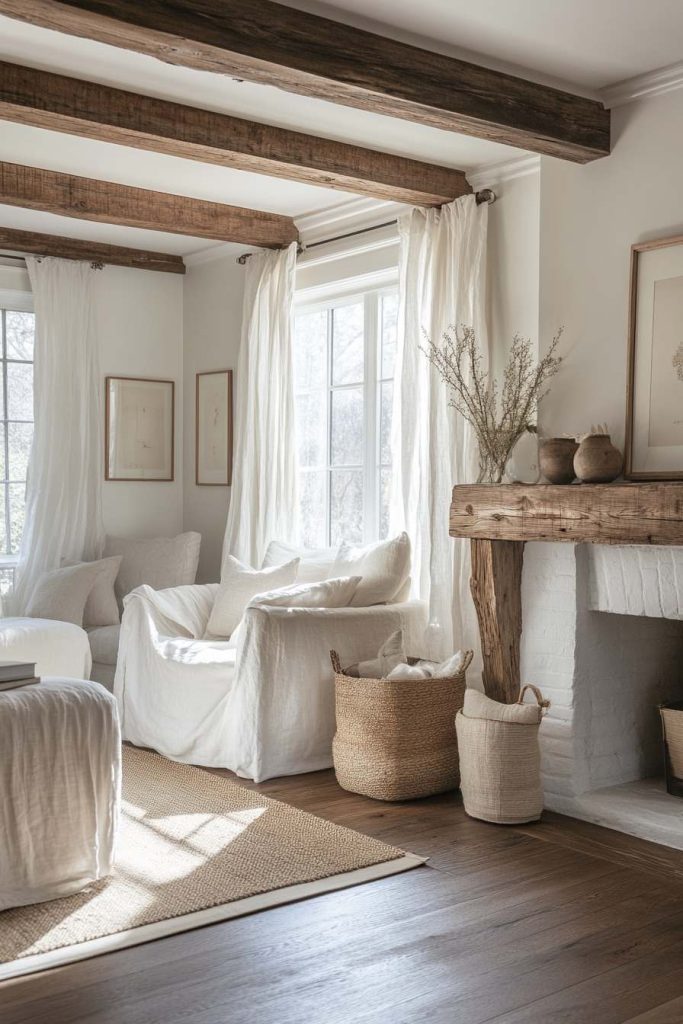
Decor Accents That Finish the Look
Small details bring a rustic room together. Think of these as the punctuation marks in your visual story.
Accent Ideas
- Iron Hardware: Handles, curtain rods, or lamp bases.
- Vintage Finds: Trunks, old crates, or heirloom textiles.
- Natural Accessories: Antlers, driftwood, pottery, or woven baskets.
These objects add soul, especially when they have history or personal significance.
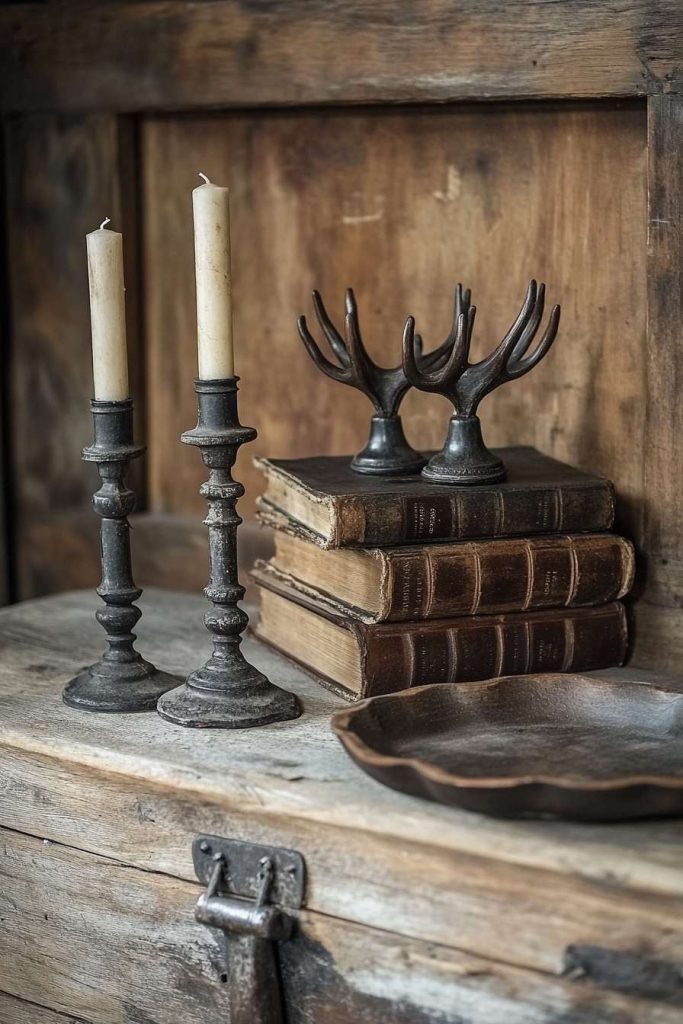
Real-Life Examples of Rustic Charm
Every rustic living room tells a different story. Some are grand with vaulted ceilings and stone hearths. Others are intimate with lower ceilings, distressed leather chairs, and a mix of antique and new.
Looking at before-and-after transformations or client design showcases can spark ideas for integrating similar elements into your own home.
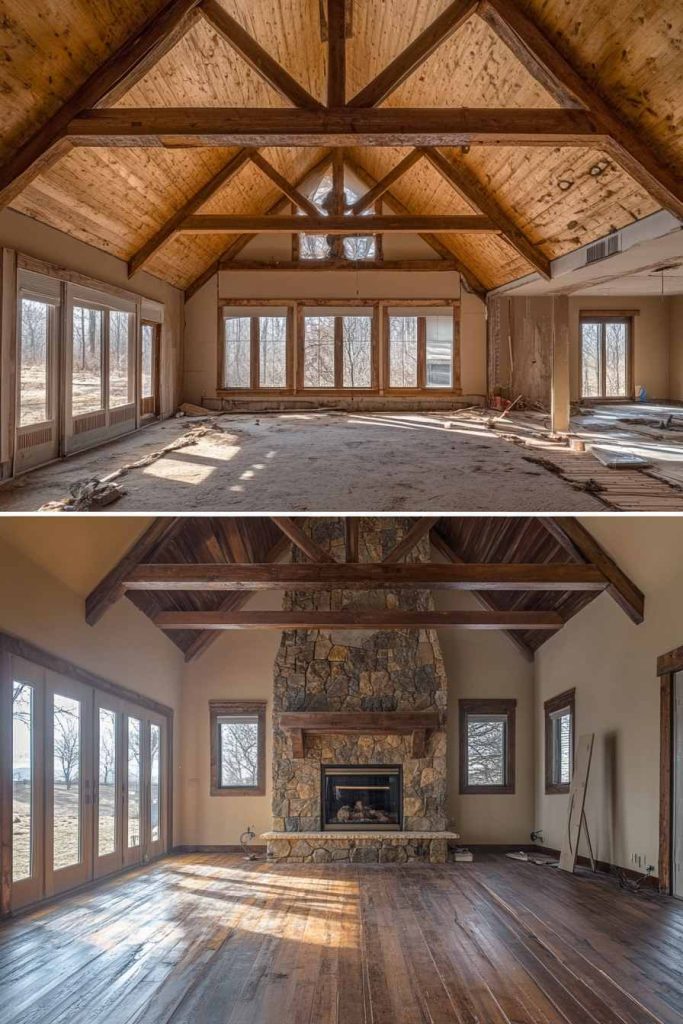
DIY Projects to Add Personal Touches
Hands-on homeowners can integrate rustic charm through simple projects.
DIY Ideas to Try
- Reclaimed Wood Shelves: Ideal for plants or vintage books.
- Barnwood Coffee Table: Using salvaged boards and basic joinery.
- Wood Mantel Beam: Create a focal fireplace feature on a budget.
Even small projects can have a big impact when thoughtfully executed.
Mistakes to Avoid in Rustic Design
While rustic rooms are forgiving, a few missteps can undermine the look.
Common Pitfalls
- Overuse of Wood: Balance is essential—use contrast to avoid monotony.
- Inconsistent Wood Tones: Stick to a tight palette for cohesion.
- Neglecting Light and Scale: Large furniture in small rooms (or vice versa) disrupts flow.
Being intentional with every piece helps maintain harmony.
Insights from Interior Design Experts
Designers who specialize in rustic interiors emphasize restraint and quality.
- “Choose one hero wood piece—be it a beam, floor, or furniture—and build around that.”
- “Mixing eras and textures makes rustic feel timeless, not themed.”
- “Less is more. Let the materials breathe.”
Look to their portfolios for sourcing ideas and layout inspiration.
The Evolving Rustic Look
Modern rustic design is evolving with new materials, sustainable techniques, and fresh perspectives.
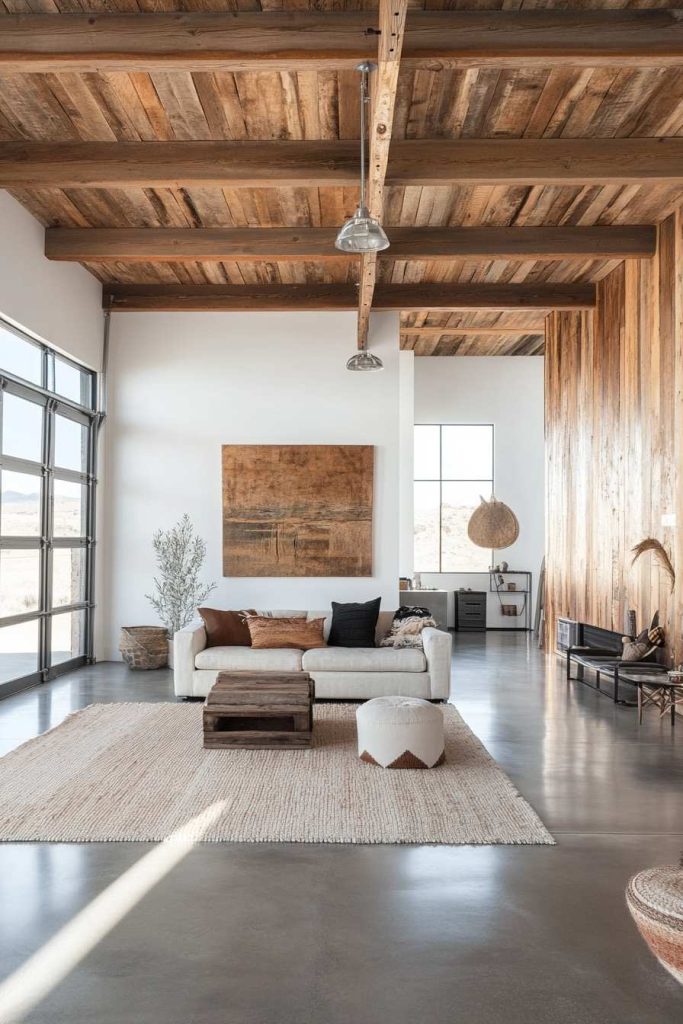
Where It’s Headed
- More open layouts with minimalist influences
- Lighter woods and whitewashed finishes
- Increased use of artisan-crafted elements
Rustic design is timeless because it evolves with its surroundings while honoring nature and craftsmanship.
Conclusion
Wood-centric rustic living rooms aren’t just beautiful—they’re soulful. They connect us to history, nature, and the enduring appeal of handmade artistry. Whether you’re renovating an old farmhouse or bringing rustic charm into a city apartment, embracing reclaimed wood through beams, floors, and furniture allows you to create a living space that feels grounded, welcoming, and timeless.
FAQ: Wood-Centric Rustic Living Rooms
What is the best wood for rustic living rooms?
Oak, pine, chestnut, and hickory are all excellent, depending on your needs for hardness and character.
Is reclaimed wood safe for indoor use?
Yes—especially when cleaned, kiln-dried, and sealed properly.
How do I maintain reclaimed wood?
Use oil-based treatments and clean with mild, non-abrasive solutions. Re-oil as needed.
Can reclaimed wood have pests?
Old wood can harbor pests if not treated. Look for kiln-dried or professionally cleaned materials.
Do reclaimed wood elements increase home value?
Yes—unique architectural features like beams and aged floors are often seen as high-value upgrades.
Can I use rustic style in small living rooms?
Absolutely. Just avoid dark, heavy furniture and focus on light woods and minimal clutter.



